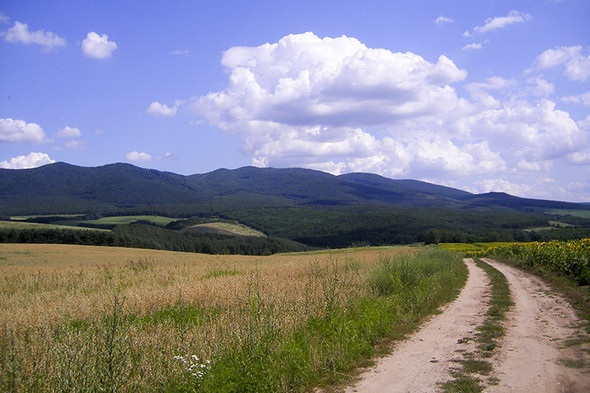You are new here? For the 1st part of this article click here.
Before and after Phylloxera
The small aphid-like insects did their bit here too reducing vineyards to zero in the 1890s except for Nagybörzsöny, again, where the farmers replaced the destroyed vines. Their efforts were strengthened by the fact that this was the first area in the neighbourhood where grape breeding had been started and thus farmers had the stock available. Independently of this, the vineyards in Nagybörzsöny also disappeared some 30 years later when the impacts of territorial annexation of Hungary could intensely be felt, in other words: when the Upper Hungarian (Felvidék) markets have disappeared. Following the Phylloxera blight the proportion of vineyards in the area has slowly increased but the communist planned economy had different plans with the western slopes of the mountain range, so slowly grapevines were replaced by red berries, mainly raspberry, just to batter this sector as well later on, but, hey, this is a different story.
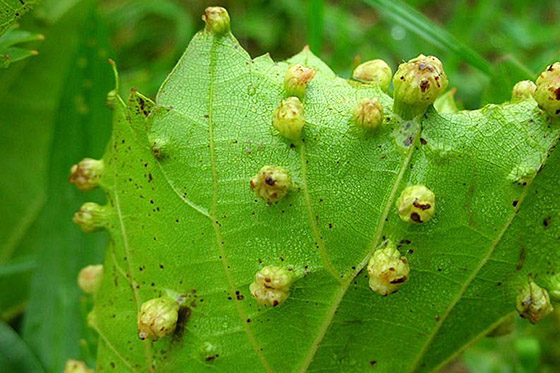
The story of a real investigation
There has never been a continuous vineyard in the area, plantations were normally located on the areas above the villages. The old vineyards are almost impossible to identify today, however with the help of cadastral maps from the 1860s, some old descriptions and an up-to-date tourist map it may work out. Görbehegy and Nagyhegy were once located in the vicinity of Bernecebaráti (once two separate localities Bernece and Baráti), today these are referred to as Görbe-szőlők (Görbe vineyards) and some unnamed and uncultivated vineyards on the maps. Only the name of a forest reminds us to the old Szira-hegy over Bernece, Kecskehegy and Vörös-hegy, as was called the north side of Nagy-völgy when it was a young vine hill, have disappeared from the maps. The area in the direction of Kemence was once called Fehér-hegy, right next to it laid Zsellér-hegy, Pintek and Marusok. The plainer areas hosted Nadunák, the vineyard having the best microclimate in the area. Only Új- and Öregszőlők next to Kemence and Marus survived. Today, only the name of a gully reminds us to the famous Nadunák. Perőcsény was once entirely surrounded by vineyards, by Öreg-hegy and Rigó-hegy on the north and by Malom-hegy and Bogár-hegy on the west. All the geographical names survived here, though vineyards can no longer be found here either. However the row of cellars on Öreg-hegy, Perőcsény reminds us to the glorious past. Going further towards Vámosmikola, once Rákosok-dűlő was the first in the series of vineyards followed by Málhegy, Magaspart, Bodak, Berza, Bagó and Hanák-dűlő. Here only the uncultivated Rákosok survived and an orchard that comprises the Berzaharaszt and Bodóki-dűlő. Mál-hegy and Magas-part are uncultivated today and the rest have vanished. The whole of the cultivated lands in Nagybörzsöny contained smaller or larger vineyards, such as Kutyahát, Rózsaföld, Nováki-dűlő, Rustok and Magyarhegyalja. A continuous good old vineyard commonly known as Kriger was situated at the end of Roth, Górhegy, Weisekker, Baumholz and Farkasvölgy at the feet of the village. The old names of vineyard parcels (dűlő) have survived though – maybe needless to say – without grapes. Their German names have either been lost or transformed. Today the southern side of the service road is called Ganádi-szőlőhegy, this is the once famous Weisekker. Baumholz above the village is today called Pánholc and Roth is the name of a forest now. The exit of Farkas-völgy is particularly interesting. Looking up in the direction of the village from the shores of the fish pond only thorn bushes and tendrils can be seen. Having a closer look though offers us the view of old terraces where once grapevines were grew. And if one is willing to climb and is not discouraged by the thorns, then he will see that the tendrils also turn out to be grapevines that grew wild and are fighting for survival some fifty meters away from the old cellars and press houses. And we left Ipolytölgyes to the end, marking the end of Roth, the vineyards of the Roth family; it also hosted Máloldal and Ságoldal. Only a 182 m high hill of Ságoldal remained as a sample.
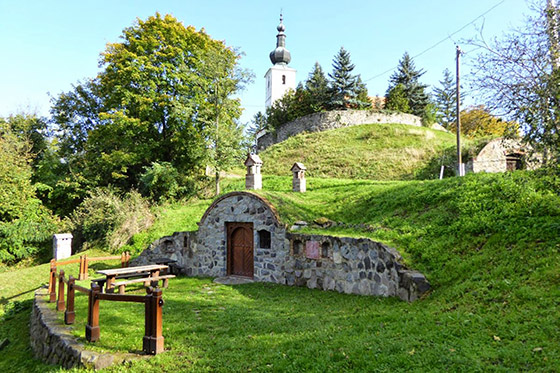
In search of grape varieties
The question may arise what grape varieties were grown here? At the beginning of the 18th century “red and black Turkish grape”, rife elsewhere too, was likely to have been grown; this is clearly indicated in the records of the Esterházy family. In the Léva manor (comprising also Vámosmikola and Perőcsény), the lord began to prohibit this grape variety and urged the planting of the variety “Hungarian white” instead. We have more information from the 19th century since Károly Keleti recorded Fehér and Fekete Tökszőlő (white and black grape varieties), Ökörszem, Polhos and the following varieties can also be found on the area: Dinka, Frankus, Fehér Góhér, Margit, Sárfehér and Kadarka and presumably Juhfark and Pákota were also cultivated. After the phylloxera blight, direct-producer varieties such as Concord, Delaware, Nova, etc. became predominant offering stock for grape breeding as well. Cultivars, as we have already mentioned, appeared first in Nagybörzsöny and to this a great contribution was also the fact that the people in Nagybörzsöny regularly pruned the vineyards of Count Pongrácz where they were the first to collect the cultivar cuttings. This is how Furmint, Riesling, Chasselas, Muscat and Portugieser first appeared. These varieties spread in the neighbourhood while other varieties such as Kecskecsöcsű, Kövidinka and Pozsonyi Fehér also occurred and Juhfark and Kadarka survived. Today one can only find direct producer varieties in the gardens around houses; this negative trend has begun in 50s of the last century and unfortunately it still continues.
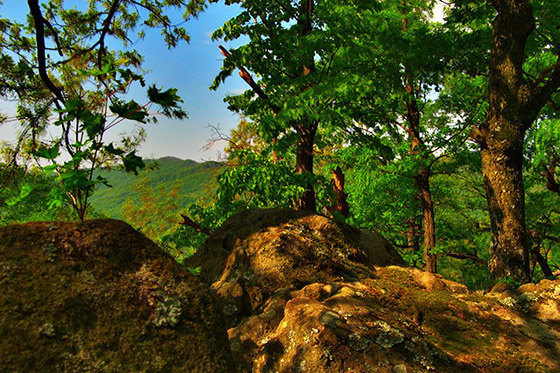
A nice folk custom
The patron saint of vineyards was the last Ice Saint, Saint Urban in this region as well. In Bernece and Nagybörzsöny even his statute was exhibited in vineyards and his picture was hung in press houses. In Nagybörzsöny having a significant German population, vineyards formed an especially important part of farms, so frost damages could have caused substantial losses. When grape got frost bitten, the people from Nagybörzsöny walked out to Urban’s statute and poured water on it using even bottles so that water could reach his mouth and telling the statute: “Trink Urban”. If they pulled through the May frosts they marched again to the statute and poured wine on it and offered wine to Urban to drink. This protective attitude towards the vineyards was used by the population of neighbouring villages to mock the villagers, i.e. if grapes were not blighted by frost they said: “the people in Börzsöny are happy, they keep chanting Trink Urban” and if it did they said: “trink Urban was in vain”. On Saint Urban’s day, the villagers of Bernece also marched to the vine hill, to the statute on Fehérhegy and placed flowers at its feet but only if the weather was good.
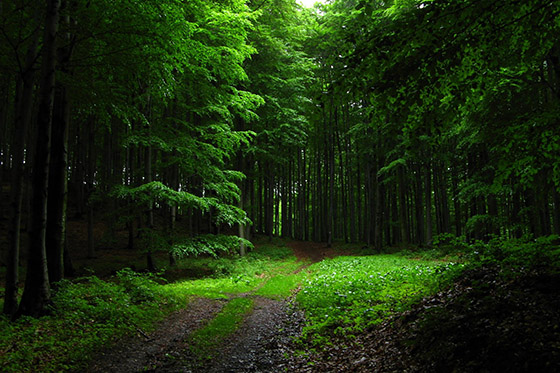
Postscript
True enough, the nice must tasting afternoons have long past on this land but hope dies last. Some local patriots may have had the same opinion for they founded a competition for homemade wines of the Ipoly region. The annual competitions has been organised around the end of February in Nagybörzsöny for years and even though the wines entered for the competition (in surprisingly high numbers) are made mostly from direct producer varieties, we can trust that as an effect of continuous attendance, more and more wine makers will switch to modern wine grapes and will revive their ancestors traditions and first of all they will find out the secrets of how to make good Börzsöny wines. Although it is true that it will require immense work and effort but reviving press houses or cleaning up only a single cellar for the purpose of new wines would well worth it.



